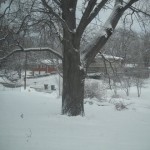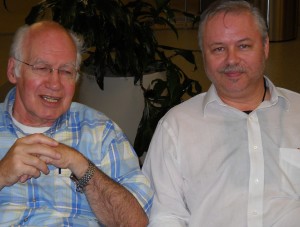Tamarindo Trees In the Winds of History
His theology is extremely questionable. But, Albert Schweitzer did see human suffering on many different levels. The British educated and African experienced Christian missionary, for all of his invalid conclusions about the historical Jesus (for he was surely swept up with theological German liberalism), expressed something lingering and profound, when he said, “The tragedy of life is what dies inside of a man while he lives.â€
It is written in Genesis 21:33, [Italian – “E Abraamo pianto un tamarindo a Beer Sceba…â€] “Abraham planted a tamarisk tree in Beersheba…†(ESV). There is discussion about whether this was a single tree or a grove. Both concepts are lexically possible. Genesis 21:33 reminds us of the observation that the Bible begins with “trees,†(plural); then cites a special tree among the trees; and, finally, ends with a very special tree (Genesis 1:12; 2:9,16-17; Revelation 22:2). Abraham’s tree plant was about resolution in general; and, evidently involved past conflict between Abraham and Abimelech, as well as any potential futureconflict between them. Conflict must not be overlooked as a critical biblical theme. Could it be that such resolution has something to do with life’s Beersheba’s? Could it be that a tamarindo on the horizon reminds us of the invocation of the Everlasting God during life’s most challenging moments?
As children, we were led by our teacher to a table where a slice of a tree was presented. We were encouraged to count the rings. For the rings told the story of the years. We were told that time could be measured by the circles in the wood. They go around and circumnavigate within the wood. We, as children, became interpreters, observers of what took place in the past. Now, we must look again and count the rings. For, there, on the horizon of the first-century is another tree—And when they carried out all that was written of him, they took him down from the tree, and laid him in a tomb…†(Acts 13:29; 1 Peter 2:24).
“The tragedy of life is what dies inside of a man while he lives.†But, Abraham planted a tree. We would suggest that this tree plant of Abraham not only set up tamarindos in the wind, a visible spectre on the horizon; but that the winds of divine activity have rustled among the leaves of history (2 Corinthians 4:16; 5:14-15). “Therefore, if anyone is in Christ, he is an new creation…†Our progress, like tamarindo trees in the wind, has a reality in time but is interpreted outside of time. The rings do not make sense, unless interpreted through the faith of Abraham (Romans 4:16-18).

